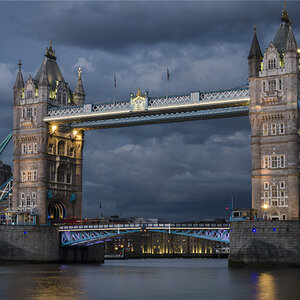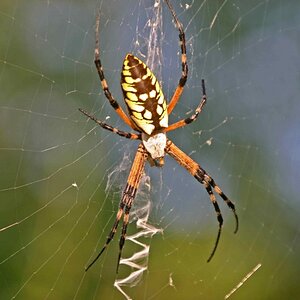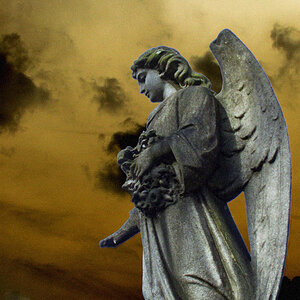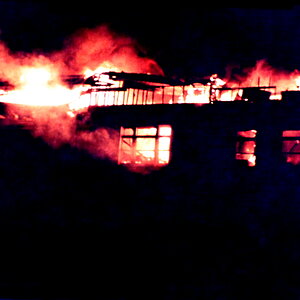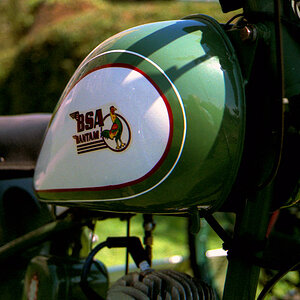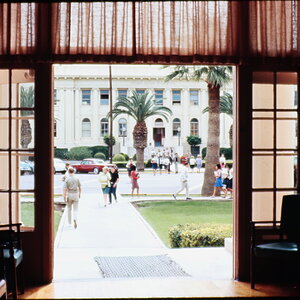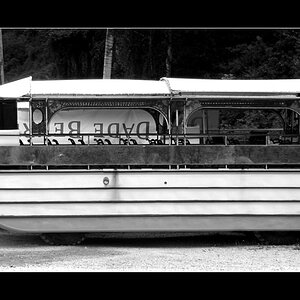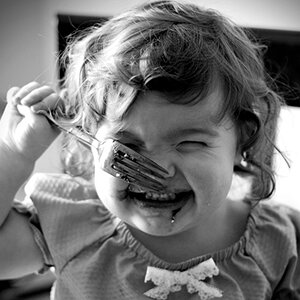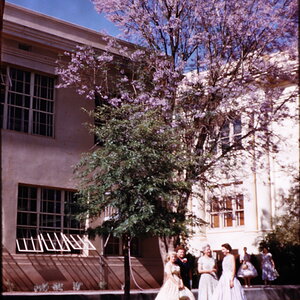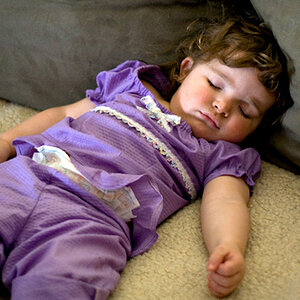W.Smith
TPF Noob!
- Joined
- Oct 11, 2006
- Messages
- 440
- Reaction score
- 0
It's that time of the year again. Tonight, and the next 3/5 days (nights!) Earth will be passing through the Leonid meteor cloud, resulting in thousands of shooting stars.
If it doesn't rain, it's not overcast and if you're in a really dark spot (avoid 'light pollution'), you can make pix like this:
http://upload.wikimedia.org/wikipedia/en/3/37/1966_leonids_big.gif
If it doesn't rain, it's not overcast and if you're in a really dark spot (avoid 'light pollution'), you can make pix like this:
http://upload.wikimedia.org/wikipedia/en/3/37/1966_leonids_big.gif


